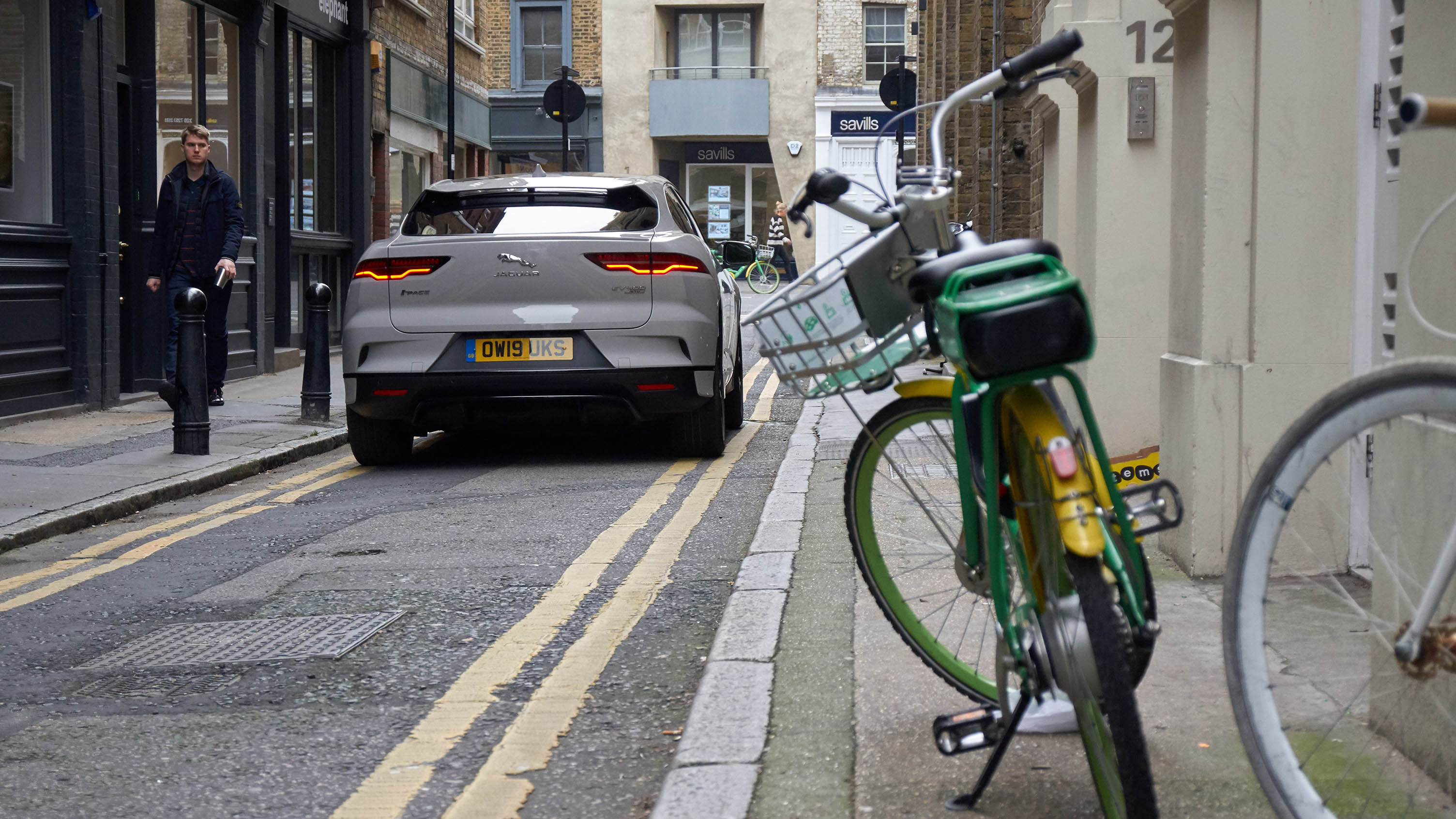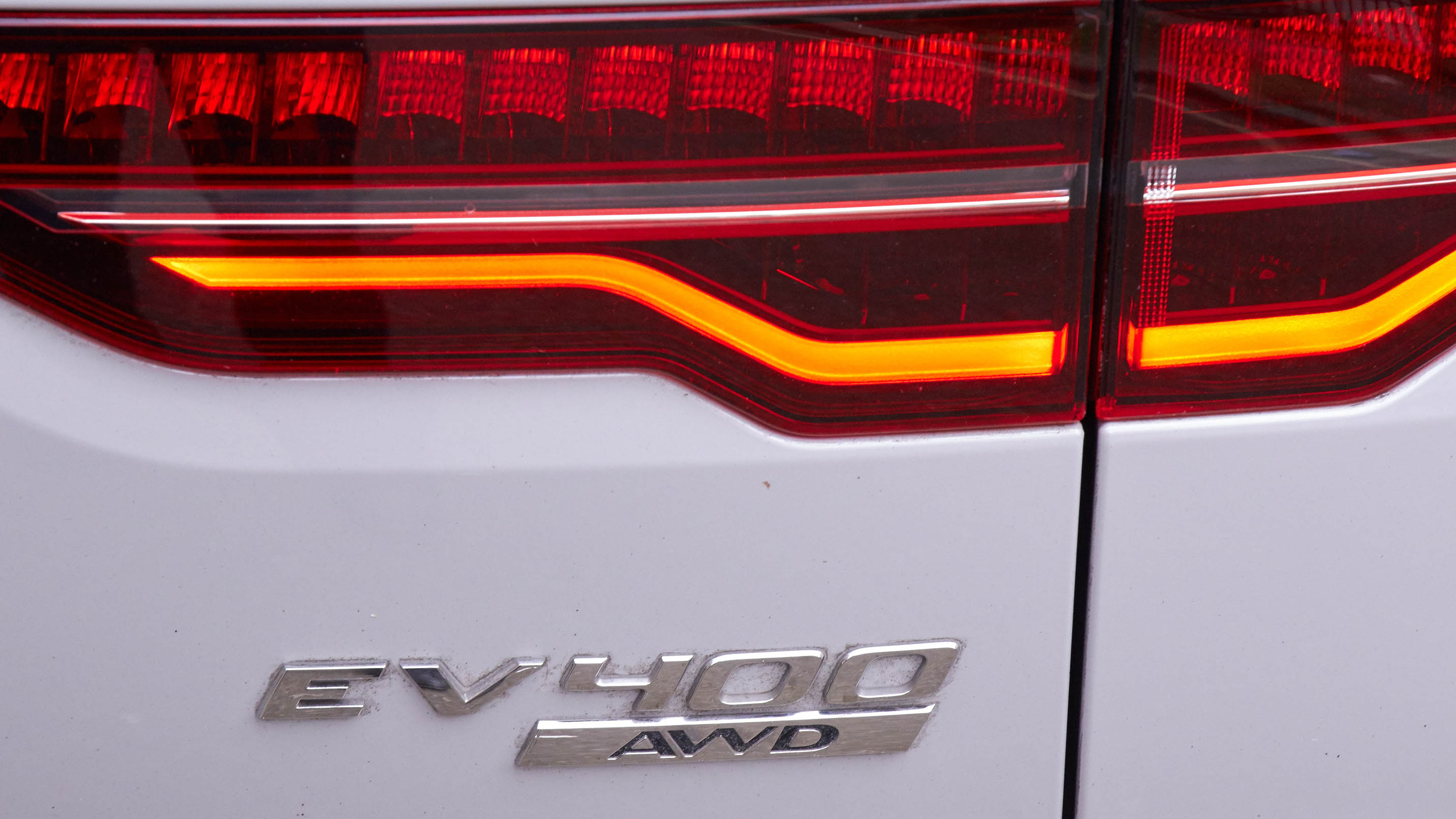
SPEC HIGHLIGHTS
- SPEC
Jaguar I-Pace
- Range
273 miles
- ENGINE
1cc
- BHP
400bhp
- 0-62
4.8s
How to navigate in an electric car
When your navigation gives you an option of 'short' and 'fast' routes, what do you do? Until the I-Pace came my way, I was always a man of 'fast'. Unless I know there are empty and enjoyable rural roads to divert along, I'd always trace the line that took a big angular route down motorways. Not the one that strung a shorter path through town.
After all, man-maths says a motorway gets you along at 70. Urban driving, what with its queues and traffic lights, struggles to beat 10mph. So you can afford to go seven times further, innit.
In an electric car though, speed and distance aren't the only two variables. An EV encourages you to think about range and energy. Here's the thing. While petrol cars get their best mpg out of town, EVs' consumption per mile isn't really harmed by a bit of give-n-take driving, where the motors are at their most efficient rpm and you can regenerate while slowing. What really kills their range is sustained high speed.
So the 'short' route is good for an EV in two ways. It's short – durrr – so fewer miles deplete your battery less. And each of those miles itself uses up less range than a motorway mile would.
It has notable real-world consequences. Recently I was heading to Henley from central London. Outbound I took 'fast'. This was dual-carriageway and motorway pretty much all the way. That was 43.2 miles. Because much was, as advertised, fast, consumption was 2.20m/kWh.
Homebound I went 'short'. That was three miles less. Also, the (shorter) section that was motorway was speed-restricted roadworks. Because I was going more slowly consumption was better, at 2.51m/kWh.
Because I was saving both mileage and energy per mile, in overall energy terms the homebound's improvement was redoubled. It used 16.1kWh, versus 19.6 for the outbound.
So doing it the first way, you could go out and back twice before the battery indicator started flashing low. The second route, even though not actually much shorter, gives you out and back twice and then safely out again. The equivalent, if you like, to having 25 per cent extra range.
Oh and guess what, the 'fast' route was faster by less than 60 seconds.
Featured

Trending this week
- Car Review
BMW 1 Series
- Top Gear's Top 9
Nine dreadful bits of 'homeware' made by carmakers






